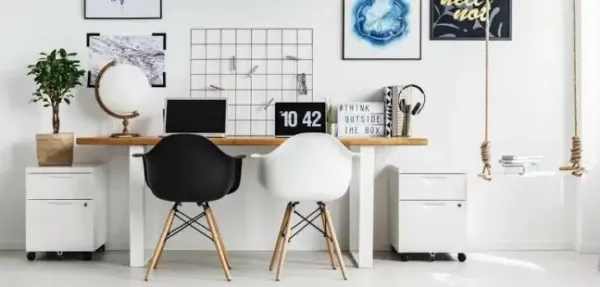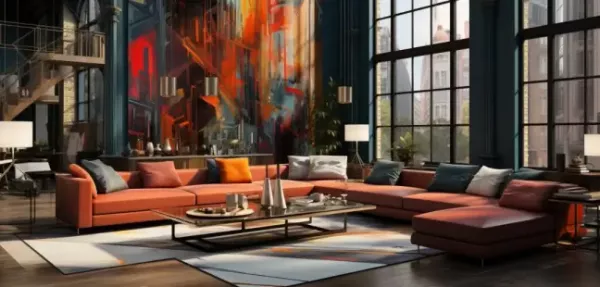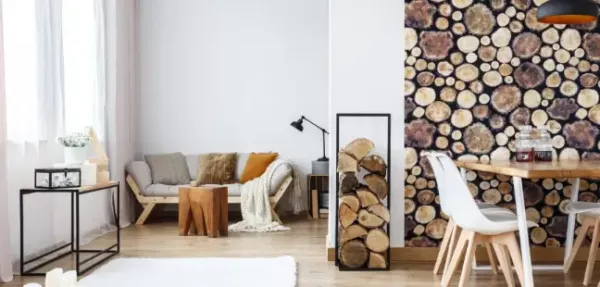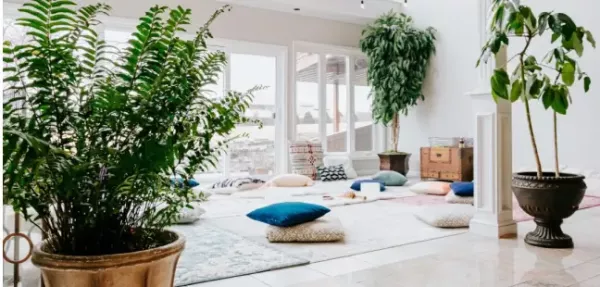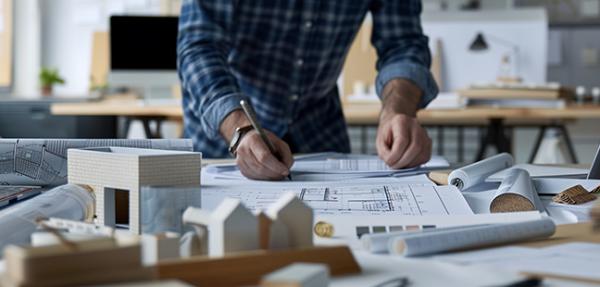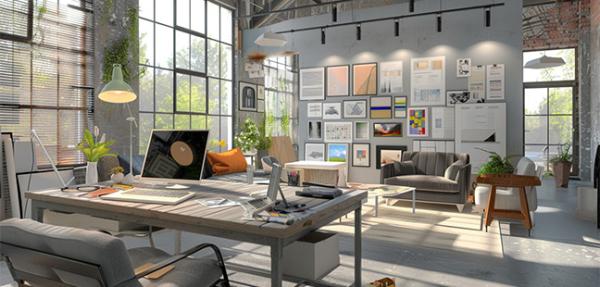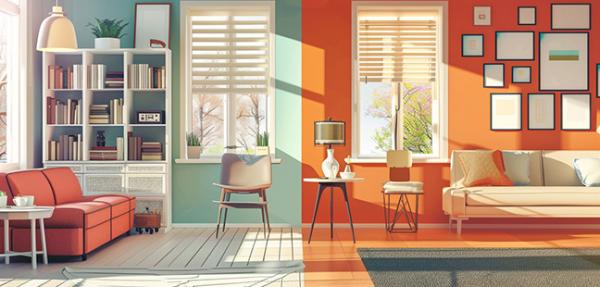What are the Different Types of Interior Designing?
- Pearl Academy Editorial Team
- Published 16-Jan-2025
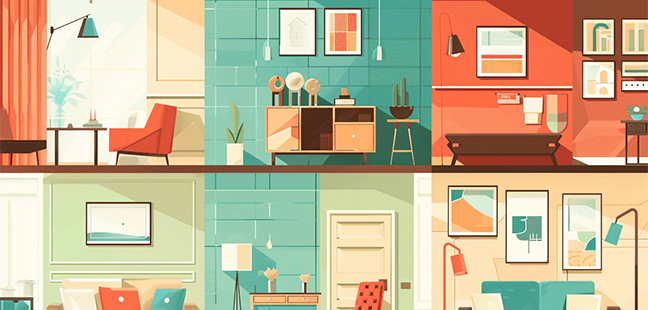
Table of Contents:
Interior design is an ever-evolving field that goes beyond just making spaces beautiful. It’s about creating functional, safe, and aesthetically pleasing environments that cater to the needs and tastes of individuals. For those passionate about aesthetics, pursuing a career in interior design can be incredibly fulfilling. Whether you're considering a B.Des in Interior Design, an M.Des in Interior Design, or even a short-term course in the field, understanding the different types of interior designing is essential.
"A room should never allow the eye to settle in one place. It should smile at you and create fantasy." - Juan Montoya
Become future-ready with our Interiors Programs
Know MoreWhat is Interior Designing?
Interior design involves a delicate balance of art and science. It’s not just about making a space look good—it’s about improving the quality of life within that space. Designers work with elements like furniture, colors, lighting, and even architectural features to craft a cohesive and functional environment.
Types of Interior Designing
Here's a breakdown of the most popular types of interior designs that are shaping today’s internal design of homes and commercial spaces:
1. Residential Interior Design
Focused on interior design for homes, this area involves creating comfortable and functional spaces for daily living. Designers consider the family’s lifestyle, needs, and personal preferences, often combining multiple interior themes to achieve the desired effect.
2. Commercial Interior Design
This area covers spaces like offices, retail stores, restaurants, and hotels. The goal here is to make environments conducive to work or business, integrating the company’s brand identity through strategic design interior elements and layouts.
3. Minimalist Interior Design
If you prefer simplicity, minimalist interior design is ideal. It uses fewer elements and focuses on the essentials, creating clean lines and uncluttered spaces. This is a popular choice for those who value tranquillity and order in their home design interior.
4. Contemporary Interior Design
This type often features sleek surfaces, neutral colors, and geometric shapes. Contemporary interior designs reflect current trends, adapting to changes in lifestyle and taste. It’s a flexible style, making it perfect for both interior design for houses and commercial settings.
5. Traditional Interior Design
Known for its timeless appeal, traditional interior decoration uses classic furnishings, rich colors, and intricate details. It's ideal for those who prefer elegance and sophistication in their interior decor.
6. Industrial Interior Design
This style draws inspiration from factories and warehouses, incorporating raw materials like exposed brick, steel, and wood. It’s a trendy choice for modern urban dwellers, particularly in lofts or open-concept spaces.
7. Bohemian Interior Design
Bohemian style, or Boho, is for those who love eclectic elements, layered textures, and vibrant colors. It's casual, global-inspired, and perfect for creating a cozy and personalized atmosphere.
Pursuing a Career in Interior Designing
If you want to become an interior designer, you might consider enrolling in a B.Des Interior Design or an M.Des Interior Design program. These degrees cover everything from the basics of what is interior design to advanced concepts like sustainable design and space planning. Alternatively, if you're looking for flexibility, there are numerous short-term courses available that offer in-depth knowledge on specific areas like interior themes, interior decoration, or interior design for homes.
Key Skills Needed for a Career in Interior Design
To succeed in interior design, there are essential skills and qualities you’ll need to develop, regardless of whether you choose a B.Des Interior Design, an M.Des Interior Design, or a short-term course. Here are some fundamental skills for aspiring designers:
1. Creativity and Artistic Ability
Designers must have an eye for color, pattern, and texture to create aesthetically pleasing spaces. This involves a keen understanding of what is interior design and the principles that govern it.
2. Attention to Detail
Whether you're working on interior design for houses or large commercial spaces, paying attention to details like finishes, accessories, and lighting can make all the difference.
3. Technical Skills
Today’s designers rely on software tools like AutoCAD, SketchUp, and 3D rendering programs to visualize their ideas and present them to clients. Most interior design courses incorporate training on these tools to ensure you’re job-ready.
4. Communication and Interpersonal Skills
As an interior designer, you’ll work closely with clients, contractors, and other designers. Being able to communicate effectively and manage expectations is crucial in delivering a successful project.
Why Pursue a Degree or Course in Interior Design?
With the growing popularity of interior designing, many people are considering formal education to sharpen their skills and gain industry insights. Here’s why a structured bachelor’s in interior design or Master’s in Interior Design program, or even a short-term course, can be beneficial:
1. Comprehensive Curriculum
Programs often cover a wide range of topics, including what is interior design, interior themes, design history, materials, sustainability, and advanced space planning.
2. Hands-On Experience
Many degree programs offer practical experience through internships, projects, and industry collaborations, giving you real-world exposure and helping you build a portfolio.
3. Access to Industry Professionals
Through workshops, guest lectures, and networking events, you’ll have the chance to learn from seasoned professionals and gain insights into various interior design specializations.
4. Career Opportunities and Growth
A formal education can open doors to diverse career paths, including interior design for home, commercial spaces, set design, and more. It also equips you with the knowledge and credentials to pursue roles like interior decorator, furniture designer, or even set designer for film and theatre.
Careers in Interior Design: What to Expect
Interior designers have a variety of career paths available to them. While many start as interior designers or interior decorators, there are several roles within the field that allow for specialization:
1. Residential Interior Designer
These professionals focus on homes, crafting spaces that reflect their clients’ personalities. They often collaborate with architects and contractors to bring dream homes to life.
2. Commercial Interior Designer
In this role, designers focus on businesses and public spaces. They may specialize in hospitality, retail, or office design, optimizing spaces to improve functionality and brand experience.
3. Sustainable Designer
With an emphasis on environmentally friendly practices, sustainable designers create spaces that reduce waste, save energy, and promote green living. If you’re passionate about sustainability, pursuing a focus in green design can set you apart in the industry.
4. Interior Stylist
Interior stylists work with clients to enhance existing spaces, often for events, photoshoots, or quick makeovers. This role is great for those interested in interior decoration and interior themes with an eye for detail and trend forecasting.
Choosing the Right Interior Design Course
For anyone looking to start a career in interior design, choosing the right program is essential. Here are some things to consider:
- Degree vs. Short-Term Course: A design degree offers a deep dive into the field, while short-term courses can provide specialized knowledge and skills. Consider your long-term goals to choose the right path.
- Accreditation and Recognition: Ensure the program is recognized by industry bodies and has a strong reputation in the field.
- Specialization Options: If you have a particular interest, look for programs that offer specializations like sustainable design, commercial design, or residential design.

Student Guidance Center: Our Counselors are Just a Click Away.
Final Thoughts
Interior design is a versatile field with various avenues to explore, from home interior design to commercial spaces and even specific styles like minimalist or Bohemian. If you’re passionate about interior decoration and want to turn that passion into a career, there’s a path for you, whether through a degree program or a short-term course. Dive into the world of interior design and discover how you can make a space not just beautiful, but meaningful.
Pearl Academy Editorial Team
Tags
- #Interiors
Pearl Admission Enquiry
Subscribe to Pearl Blogs
By clicking the "Subscribe" button, I agree and accept the privacy policy of Pearl Academy.









